We’re already into the second week of 2024, and as a new year of watches begins to ramp up, it’s an ideal moment to step back, assess the broader picture of the industry, and lay out our expectations of the year ahead. While there are trends we expect to carry over from 2023, and the watch world at large is still in a transitional moment, there’s much to suggest that 2024 will be a year of major shifts and new players. Our aBlogtoWatch team has laid out our 2024 expectations below, but feel free to add your own thoughts on the coming year in the comments. – Sean Lorentzen
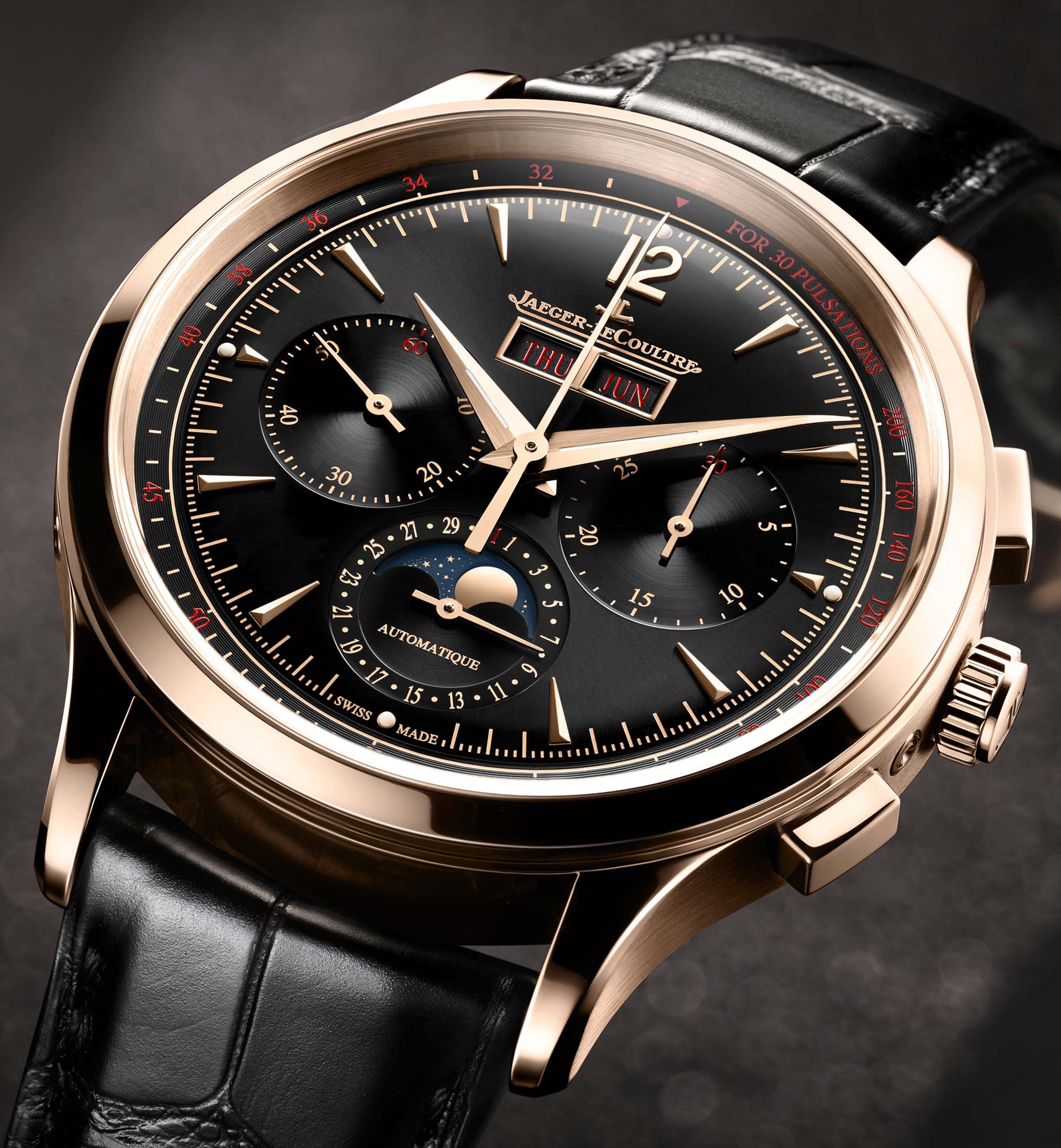 Ariel Adams
Ariel Adams
2024 will be the year the watch industry returns to producing more watches than it is able to sell organically through most distribution channels. This will not affect all brands equally, but the seller’s market era that recently ended will see brands have to compete on price and positioning much more so than they have had to do over the last five years or so. In my opinion, this return to a (normal) buyer’s market for luxury watches will be the biggest industry trend in 2024. That will mean that brands again have to invest in carefully communicating with consumers, as well as apply more strategy in product design and configuration so that their watches are competitive. Consumers will vote with their dollars not only in terms of what watches they buy, but also in regard to where they buy them from. We are also in an era of a severe over-saturation of watch retail outlets, the majority of which will not survive. How someone feels when they purchase a watch is just as important as the watch itself, and my instinct is that in 2024, consumers will not only demand great products, but also great product-buying experiences. Finally, I see 2024 as being one step closer to a return of more conservative designs. The rich color trend isn’t necessarily going away, but it has left a yearning at many brands to push “classic” or “timeless” watches that help solidify the longevity and prestige of their brands more effectively than trendy products.
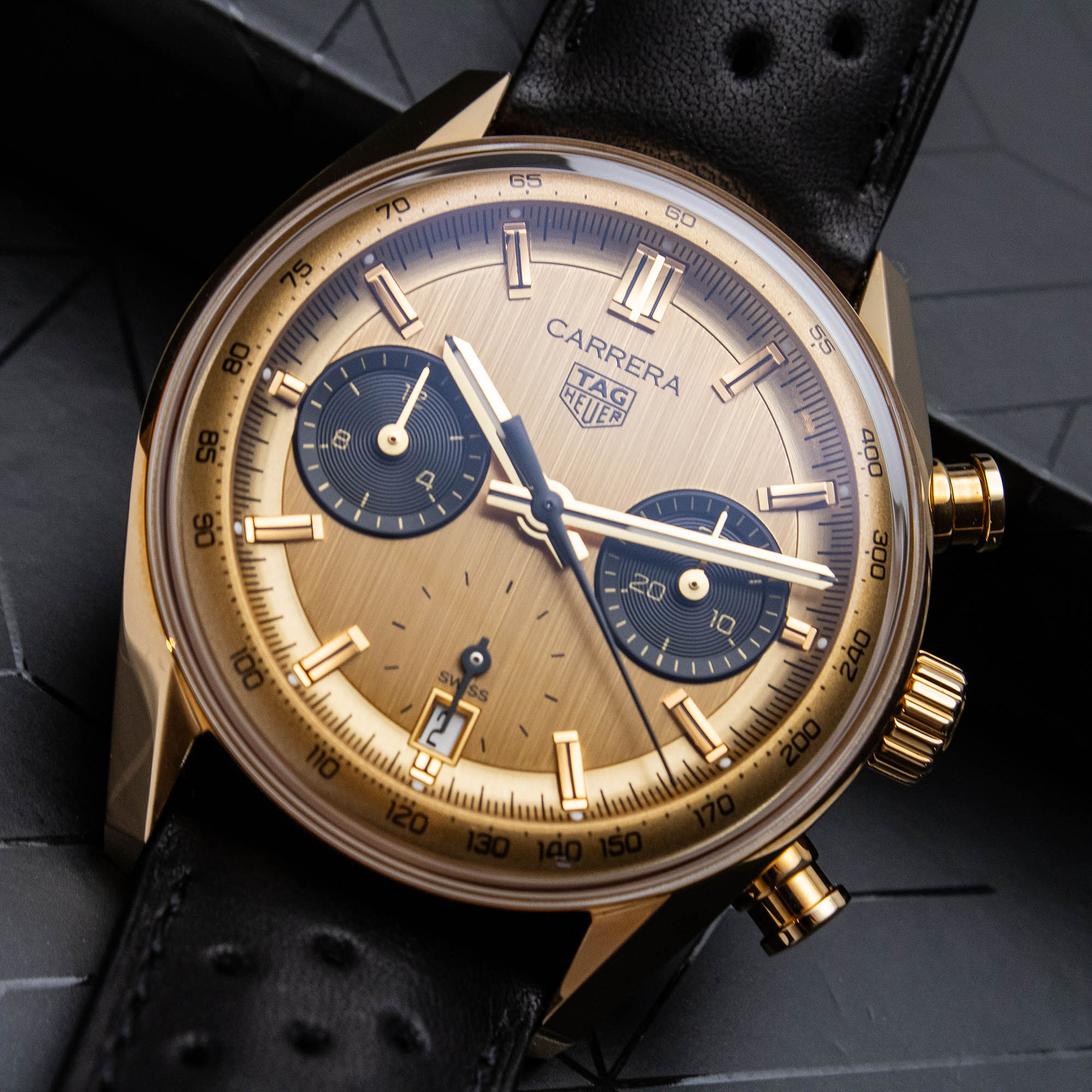
Sean Lorentzen
Of course, there are several trends for 2024 that we can largely take as a given: Average case sizes will continue to shrink, brands will continue to “play the hits” and avoid seismic lineup changes, and vintage-inspired designs will continue to be king. However, what I personally find interesting is how these ongoing trends from previous years will likely evolve into 2024. As brands push toward more traditional, old-school designs, I personally foresee a rise in more old-school luxury presentations to go alongside this. In short, I expect 2024 to be a very good year for yellow gold and two-tone cases but in a less ostentatious fashion than we’re used to seeing. Think slimmer proportions, dressier designs, and more reserved forms, but the era of gold being a material pariah is likely coming to an end. In addition, as nostalgic trends move forward, it’s likely that many brands throughout the industry will begin to take more interest in reinventing the models of the ’80s, ’90s, and early 2000s. On a slightly related note, I expect that the integrated bracelet sports watch craze has likely peaked already. Expect 2024 to bring fewer “me too” integrated releases from brands and a more thoughtful, judicious use of the style outside of heavy hitters like Audemars Piguet.
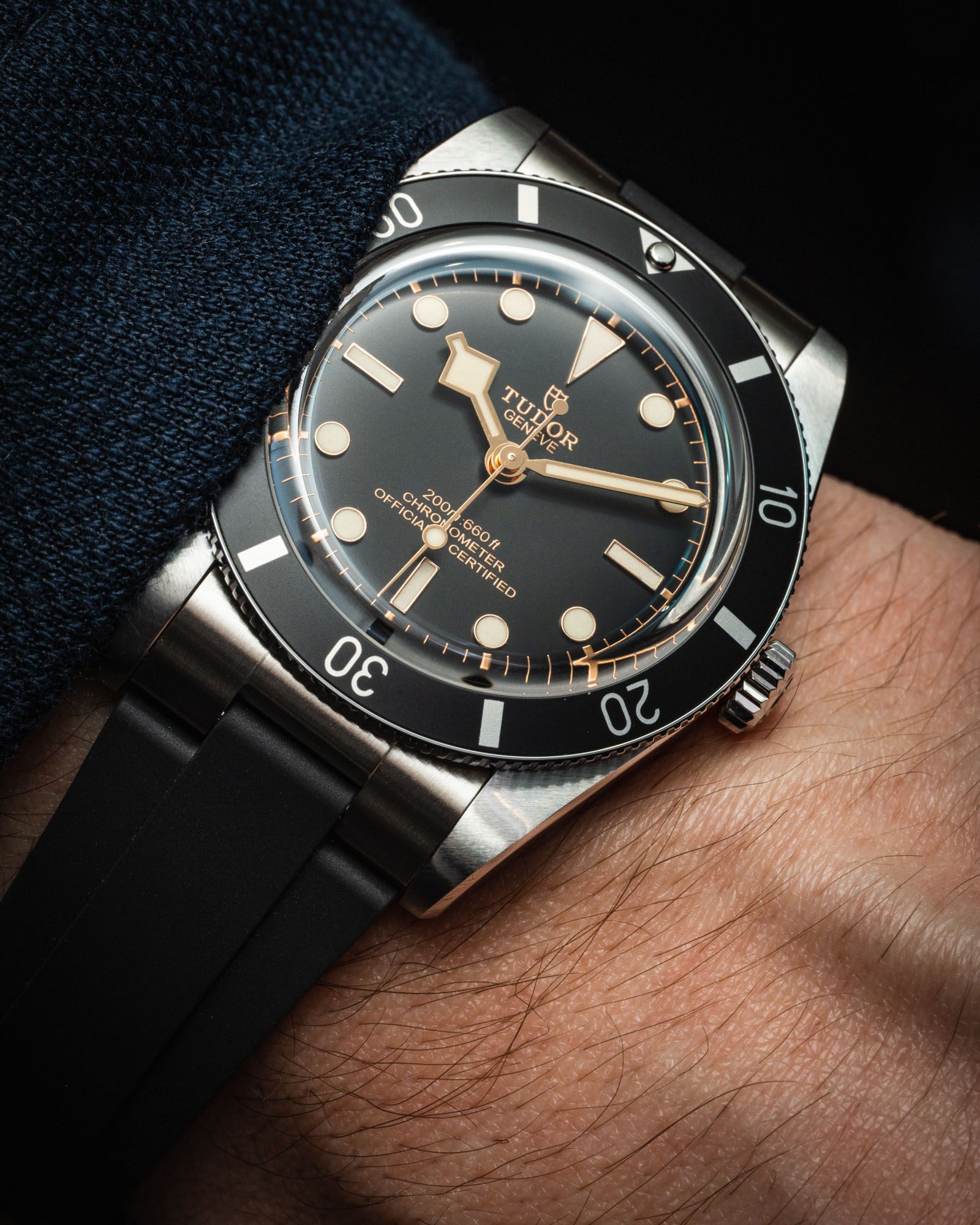
David Bredan
Watches in 2024 will continue to get smaller and, at times, thinner, as brands continue their journey down the path that’s been leading them away from the large-watch trend. Many major brands still have loads of important and beautiful models in their archives that can be revived as nigh-on exact remakes, or as inspired re-releases. Many of today’s fan-favorite watches that started in more humble sizes and brands — often looking for past designs to justify their new ones — might have been leaning on these when penning their 2024 releases. Just how major manufacturers have been designing their movements to go with the large watch trend, it’s about time they began drawing up smaller, slimmer calibers that allow them to make smaller, neater wristwatches, but the results of these developments may be another two or three years into the future.
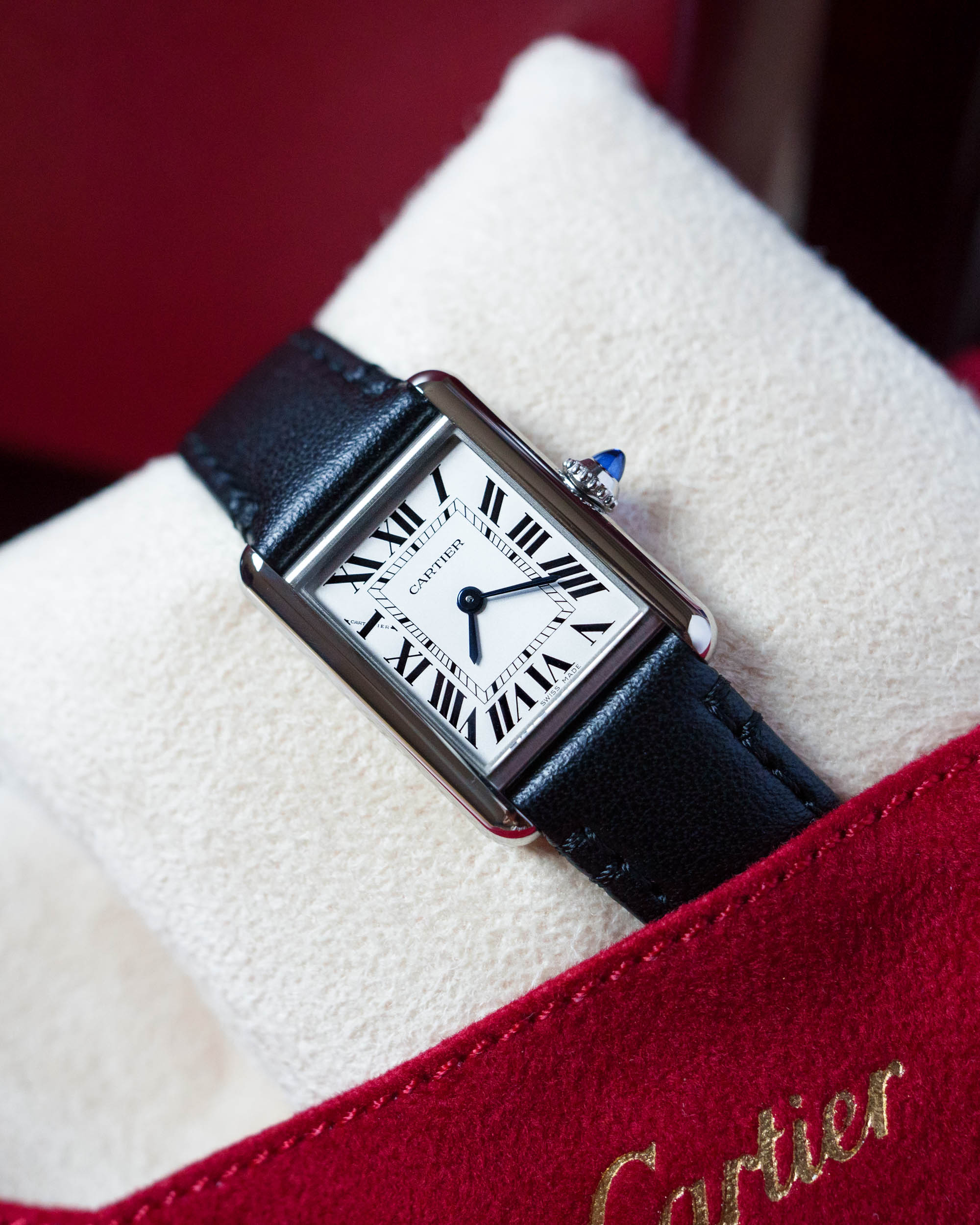
Ripley Sellers
As for trends in 2024, I have a feeling that there will continue to be a focus on more compact case sizes, along with an increased emphasis on dress watches throughout the industry. For quite a few years, it has primarily been sports watches that have dominated the enthusiast landscape, although dress watches have seen a steady rise in popularity more recently, which has partially been driven by a growing interest in high-end independent watchmaking. Given that many brands have recently updated their sports watches or even launched new ones, I could easily see them shifting focus to some of their more dressy models to increase the diversity among their catalogs. Beyond that, I imagine that we will also continue to see modern and non-traditional materials play a greater role in watchmaking. Carbon fiber and titanium have already been adopted by watch brands operating at a wide variety of price points, and given that nearly all mechanical watches are based upon an underlying technology that has been around for hundreds of years, a new material with superior performance properties is a simple way to move the needle forward without abandoning the tradition that serves as the backbone of the modern watchmaking industry.
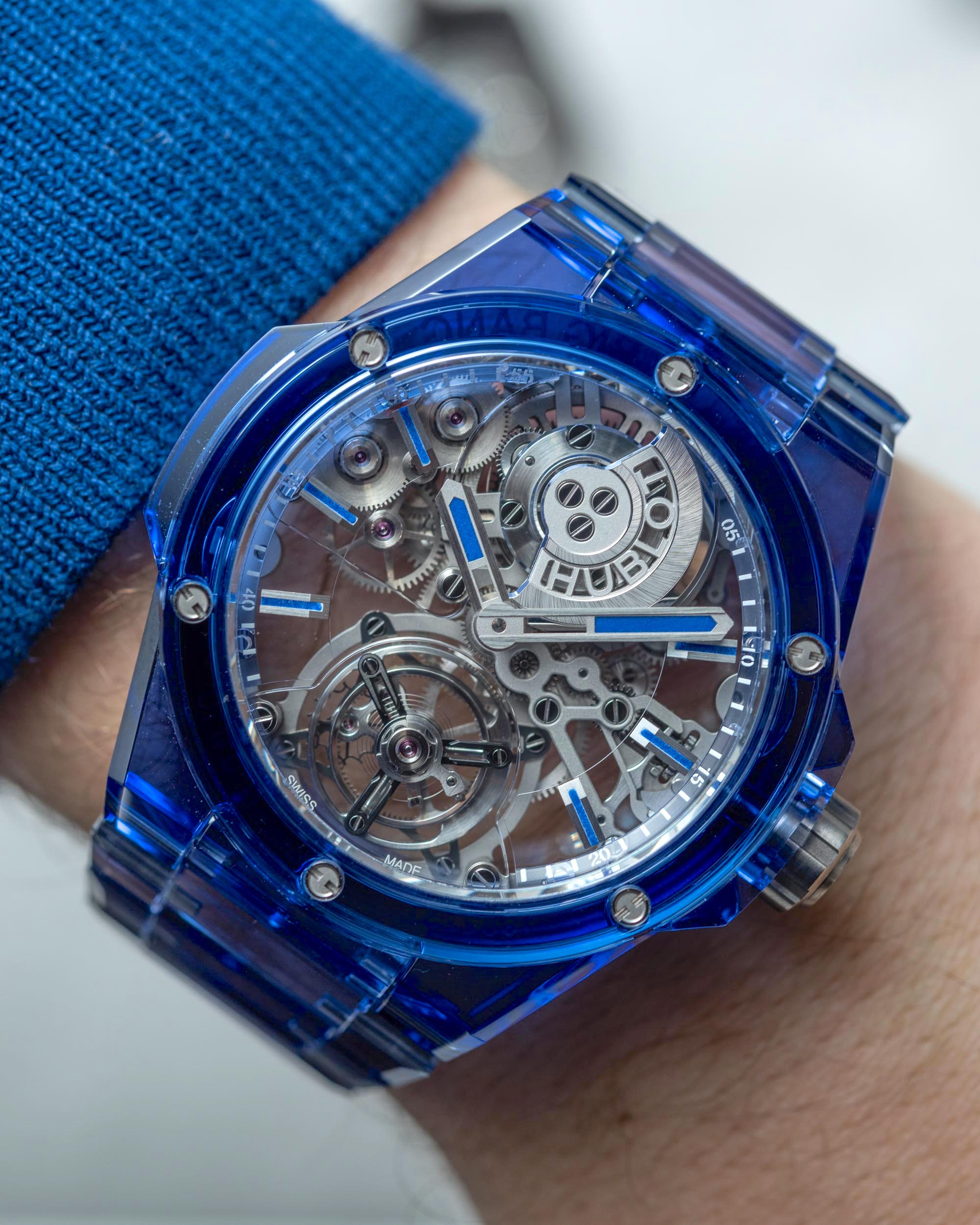
Ed Rhee
I think the distinction between men’s and women’s watches will become even more irrelevant as watch sizes continue to trend smaller. Obviously, certain brands are better positioned to take advantage of this shift than others, but I think it will generally be in brands’ interests to forego segmenting their collections based on gender. After all, wrists do come in all sizes. I also expect 2024 to be an even more colorful year than 2023. The Swiss watch industry is notoriously conservative in its design decisions, but it feels like there’s been a willingness to take a few more swings in that department, of late. Again, certain brands will lead the charge here (I’m looking at you, Hublot), but I’m of the opinion that this hobby is meant to be fun, and there’s no better way to make that happen than with a little more color.
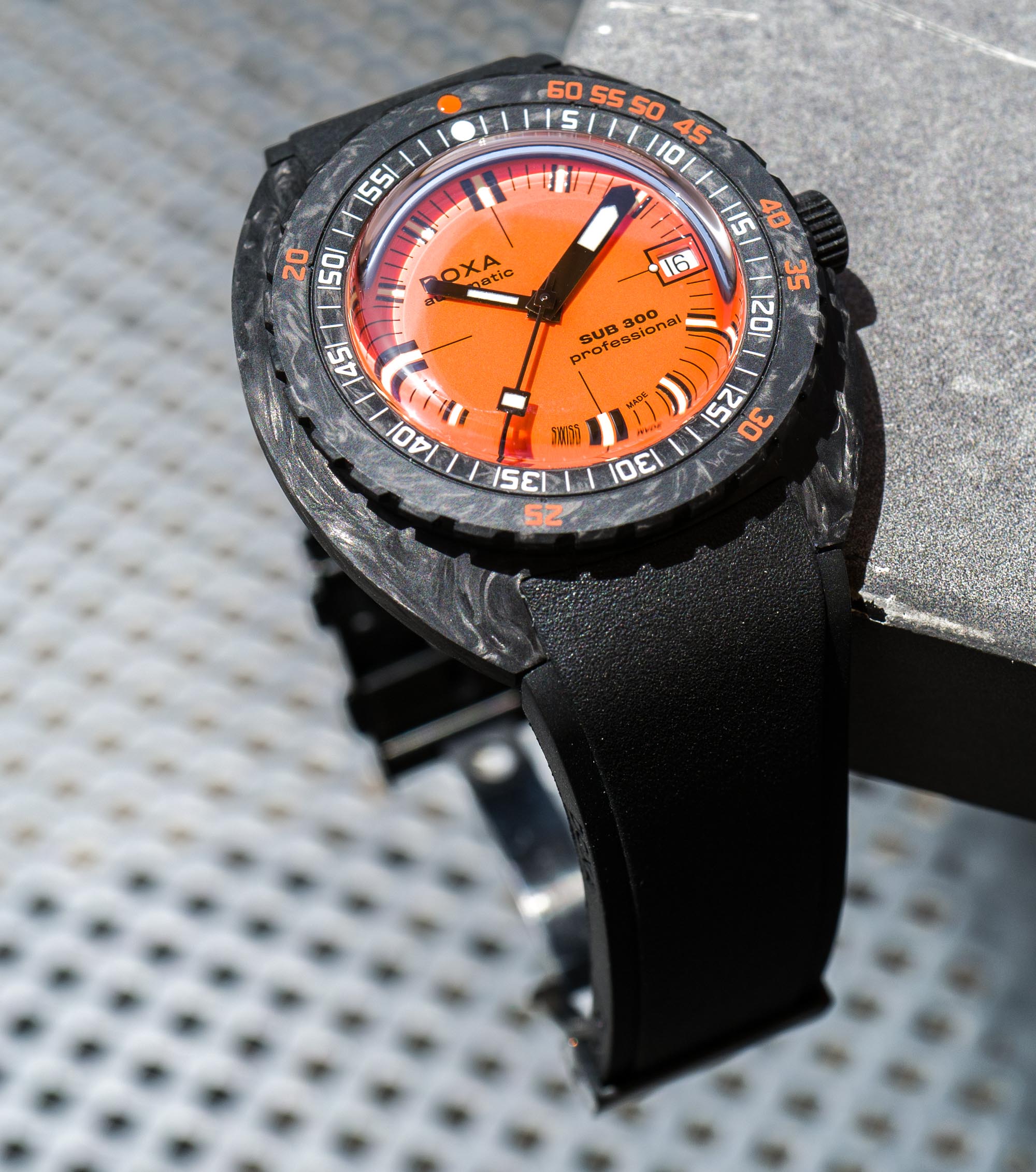
Mike Razak
Yes, we’ll see more options at in the 36-39mm range, and we’ll also see standard models sized down to between 39-42mm. That said, I’m more excited to see what small brands do with carbon. While the big boys have used the material to good effect, it hasn’t trickled all the way down to widespread use in microbrands. I think it’s the next “it” material, and given the creativity that is imperative with smaller brands, I think we’re in for plenty of excellent watches.
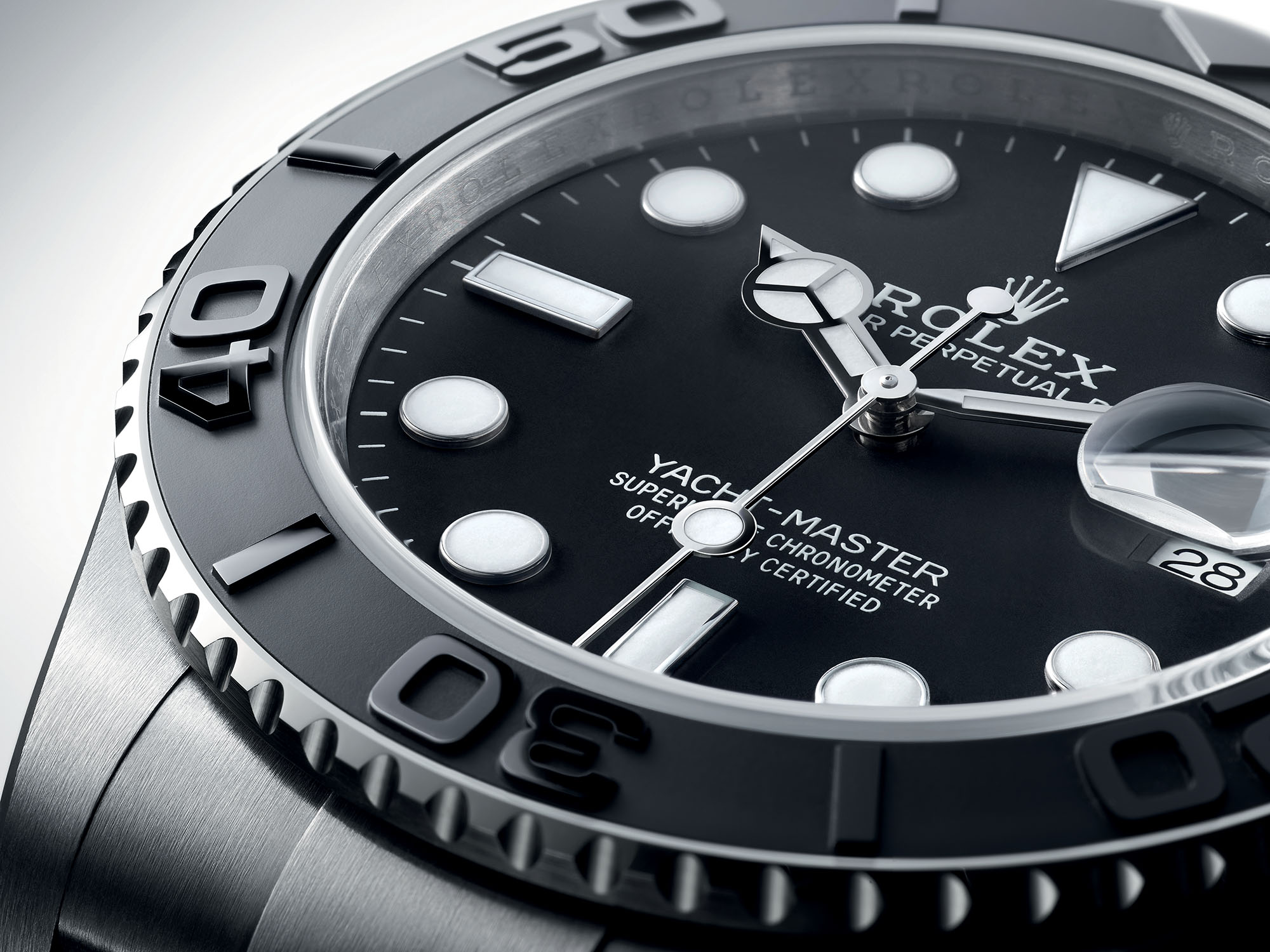
Jake Witkin
As 2024 ramps up, I expect to see a low volume and large splash approach from watch brands. Since the pandemic, there has been a nearly endless onslaught of new releases — often new colored dials or materials — but largely publicized, nonetheless. While this has been successful in a growing market, global economic health does not look to follow suit. Therefore, the number of actual releases we will see from individual brands will be fewer with more exposure and marketing for each. This will be good for consumers and watch brands. Fewer new options coming to market each day will make purchasing decisions less fatiguing for watch enthusiasts, and releasing overall fewer models will allow brands to play catch-up on the production end. Too many brands are taking months — or, in some cases, a year or more — to deliver the latest releases to customers and retailers. While the brands struggle to deliver, they also attempt to keep up with each another, releasing new models at a potentially unsustainable rate.

